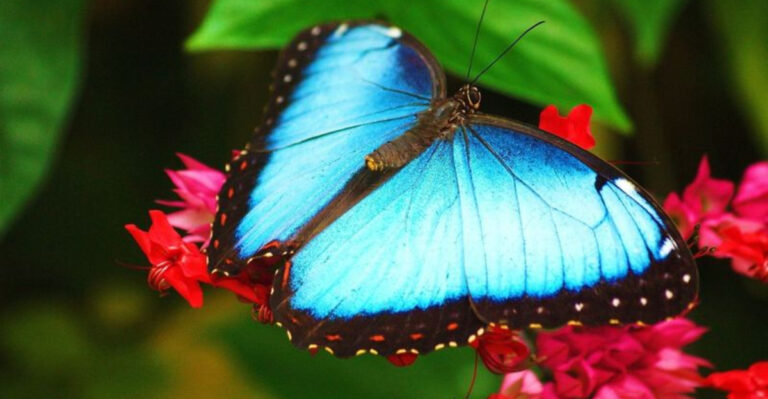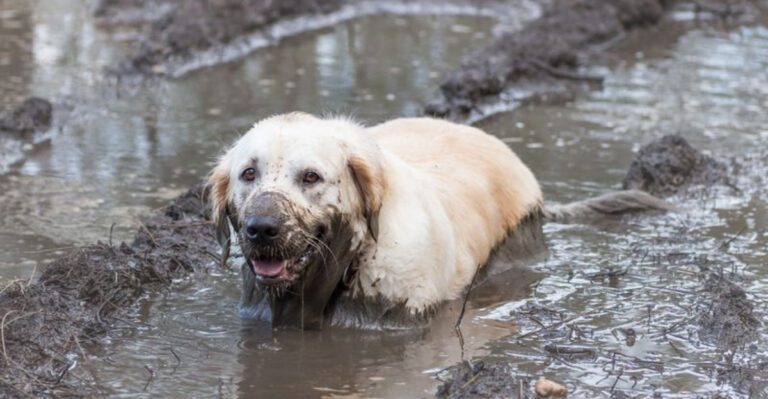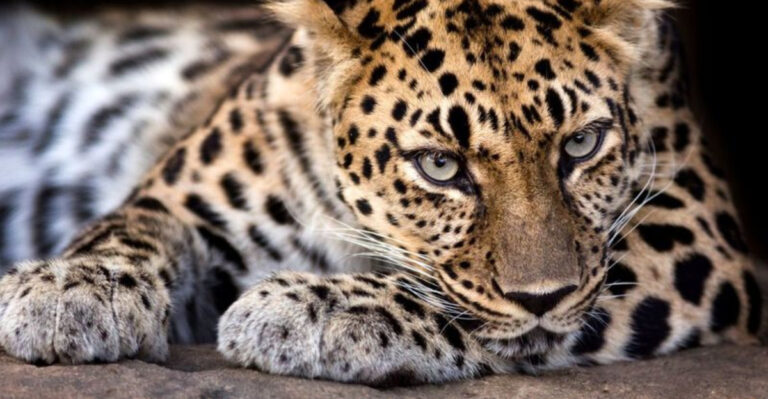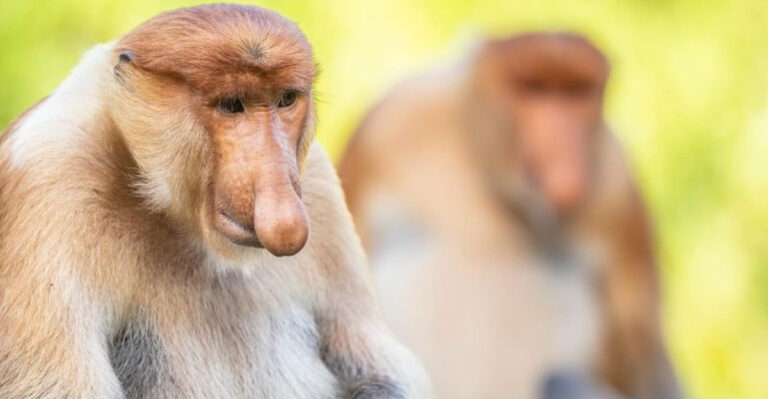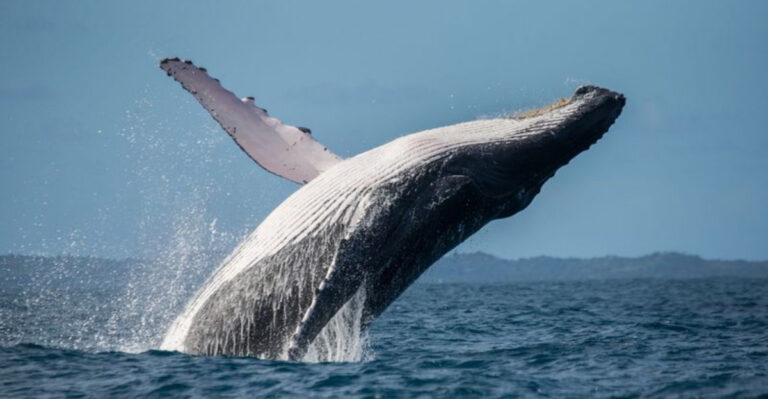Top 14 Highest Risk Locations For Bear Activity In America
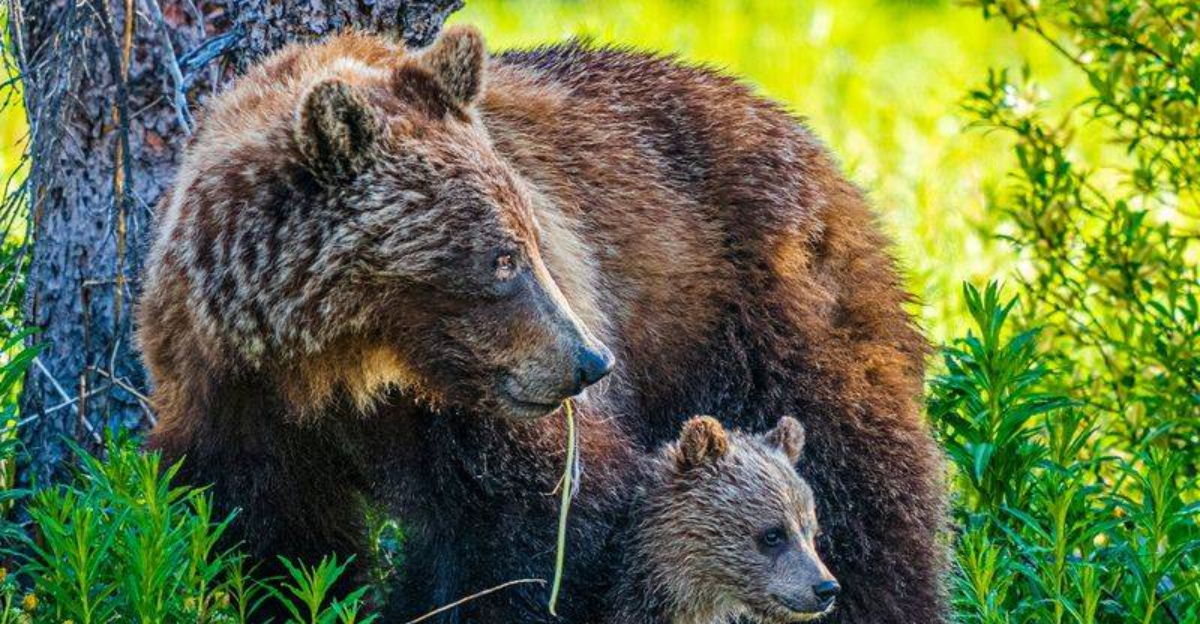
Ever wondered where you’re most likely to encounter a bear in the wild? America’s diverse landscapes are home to various bear species, from the massive grizzlies to the more common black bears.
Understanding which areas pose the highest risk for bear encounters isn’t just fascinating – it could potentially save your life during outdoor adventures.
1. Yellowstone National Park, Wyoming
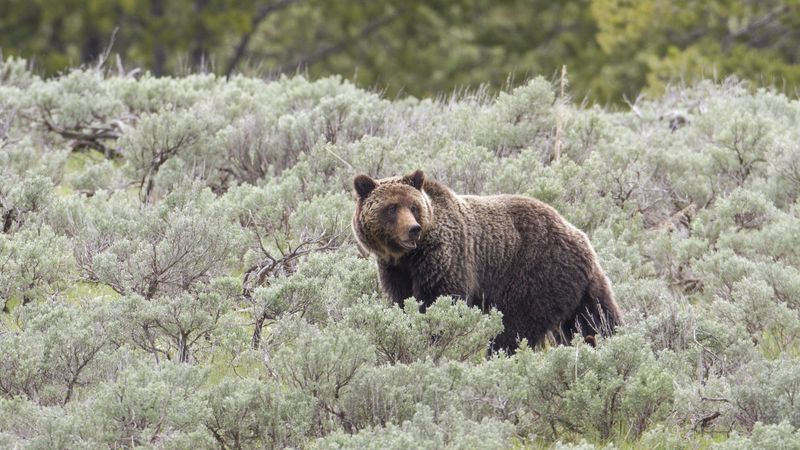
Grizzly bears roam freely throughout this iconic park, particularly in the Lamar Valley, often called America’s Serengeti. The park’s vast wilderness provides perfect habitat for approximately 700 grizzlies and numerous black bears.
Dawn and dusk bring heightened bear activity, especially near thermal features and berry patches. Rangers report dozens of bear encounters annually, making bear spray an absolute necessity for hikers.
2. Glacier National Park, Montana
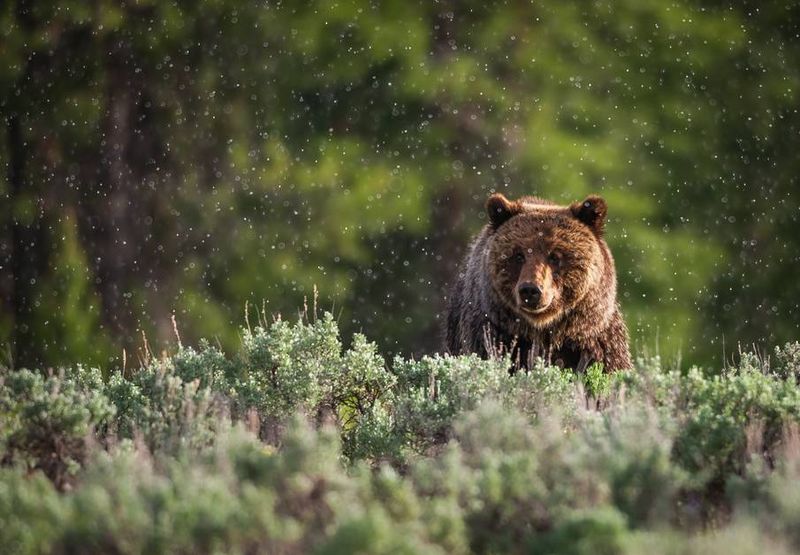
Home to one of the densest grizzly populations in the lower 48 states, Glacier’s remote backcountry creates perfect bear territory.
The Many Glacier area and Highline Trail rank among the most active bear zones. Park statistics show an average of 50 significant bear incidents yearly. Berry season in late summer particularly attracts hungry bears preparing for hibernation, creating higher-risk periods for hikers exploring alpine meadows.
3. Denali National Park, Alaska
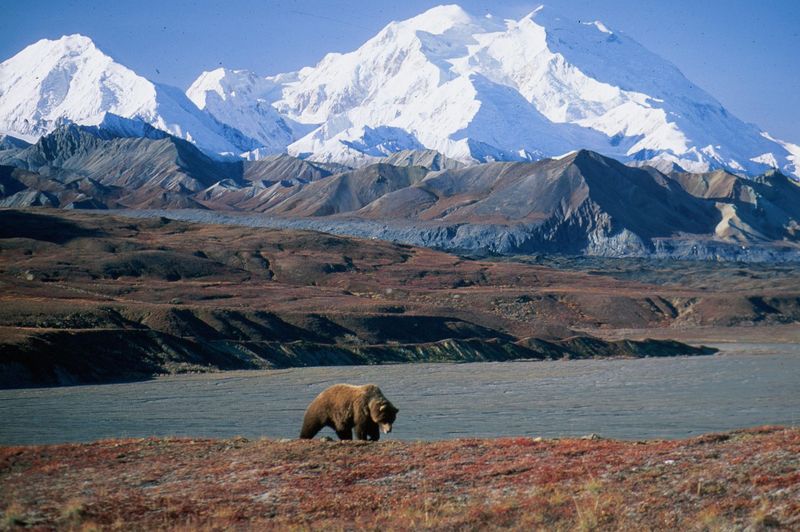
Alaska’s crown jewel harbors both grizzly and black bears throughout its six million acres of wilderness. Bears frequently appear along riverbanks and in blueberry patches that dot the tundra landscape.
Park rangers document hundreds of bear sightings annually. Visitors traveling the park road frequently spot bears hunting for ground squirrels or grazing on vegetation, creating magical wildlife viewing opportunities alongside serious safety concerns.
4. Great Smoky Mountains National Park, Tennessee/North Carolina
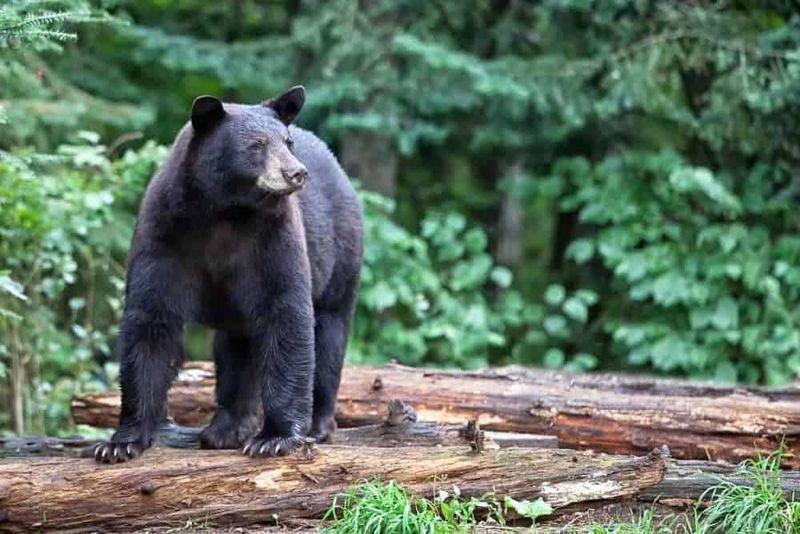
Surprisingly, this eastern park contains America’s highest density of black bears, with approximately two bears per square mile. Cades Cove and Mount LeConte trails frequently report bear activity. Rangers respond to over 1,500 bear-related incidents yearly. These bears have grown increasingly habituated to humans, creating dangerous situations when visitors ignore proper food storage protocols or approach bears for photographs.
5. Katmai National Park, Alaska
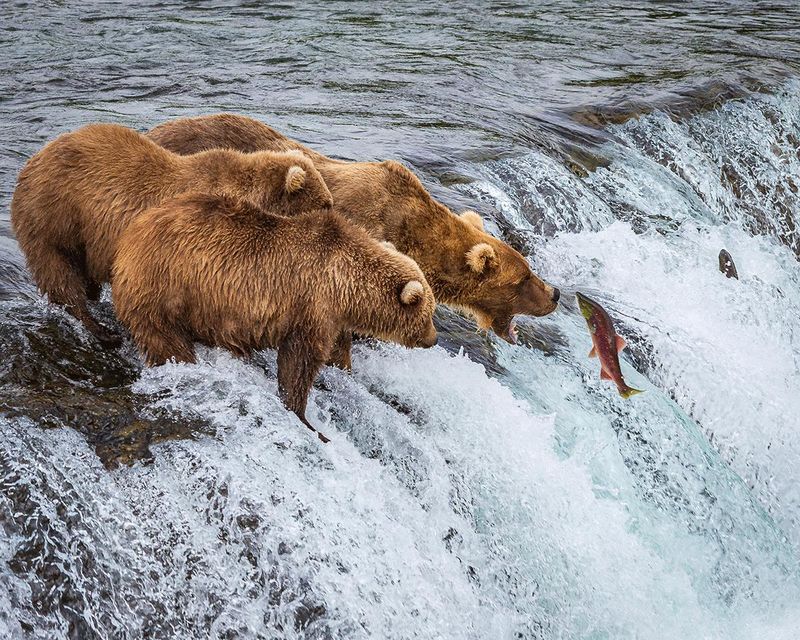
World-famous for its brown bear population, Katmai offers the planet’s most concentrated bear viewing. Brooks Falls attracts dozens of massive bears during salmon runs, creating nature’s most impressive fishing tournament.
The park hosts approximately 2,200 brown bears. Visitors on platforms witness 1,000-pound bears catching leaping salmon mid-air, occasionally engaging in territorial disputes that showcase their incredible power and size.
6. Shenandoah National Park, Virginia
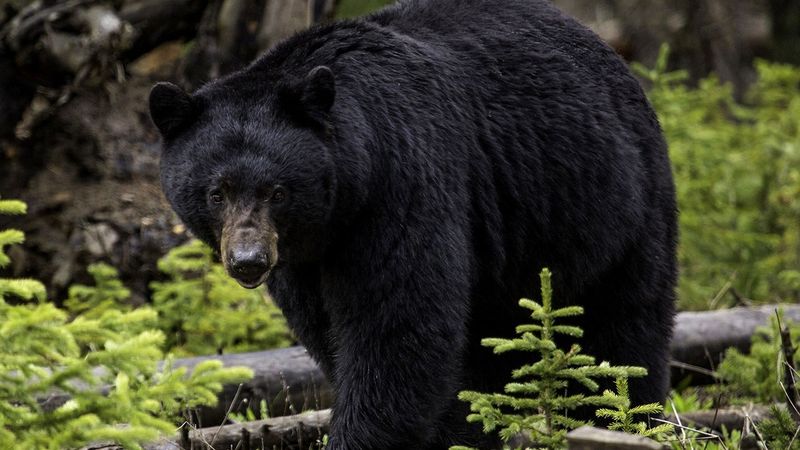
This Appalachian treasure harbors an unexpected concentration of black bears, with population densities among the highest on the East Coast. The Big Meadows area and Old Rag Mountain trail report frequent sightings. Bear encounters have increased 50% in the past decade.
Eastern black bears here display remarkable adaptability, thriving despite human encroachment and occasionally investigating campsites where food isn’t properly secured in bear-proof containers.
7. Cabinet Mountains, Montana
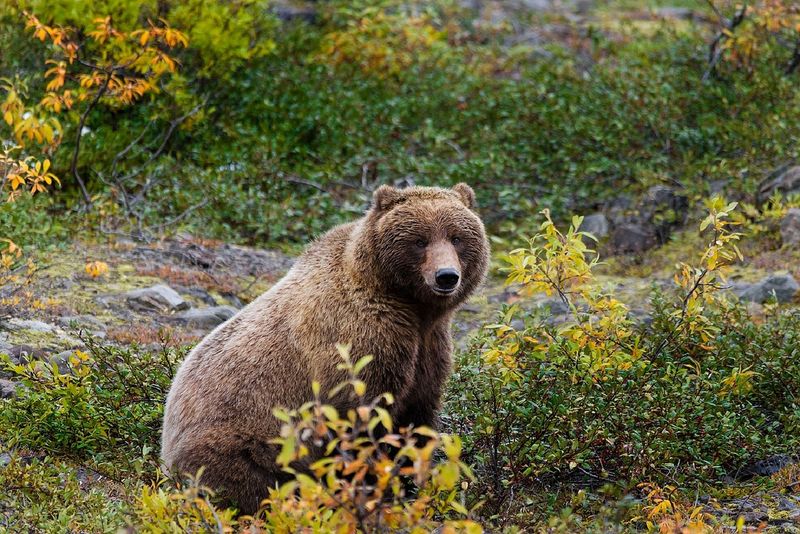
These remote mountains shelter one of the most threatened grizzly populations in the lower 48. Only about 50 bears remain in this isolated ecosystem, making each encounter particularly significant.
Hikers exploring alpine lakes report increasing bear activity. Conservation efforts focus intensely on this region, with wildlife cameras capturing remarkable footage of bears traversing high mountain passes and foraging in huckleberry patches that carpet the slopes each summer.
8. Admiralty Island, Alaska
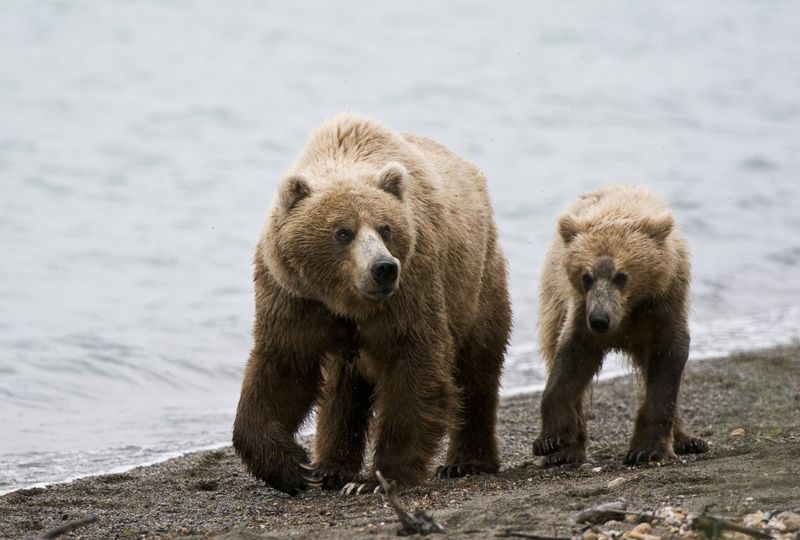
Known locally as “Fortress of the Bears,” this island contains the highest concentration of brown bears globally – approximately one per square mile. The Pack Creek area offers guaranteed sightings during summer months.
Native Tlingit people named this island “Kootznoowoo” meaning “Bear Fort.” Visitors must maintain strict protocols as they witness these massive predators patrolling beaches during low tide, flipping massive rocks to find crabs and clams.
9. Yosemite National Park, California
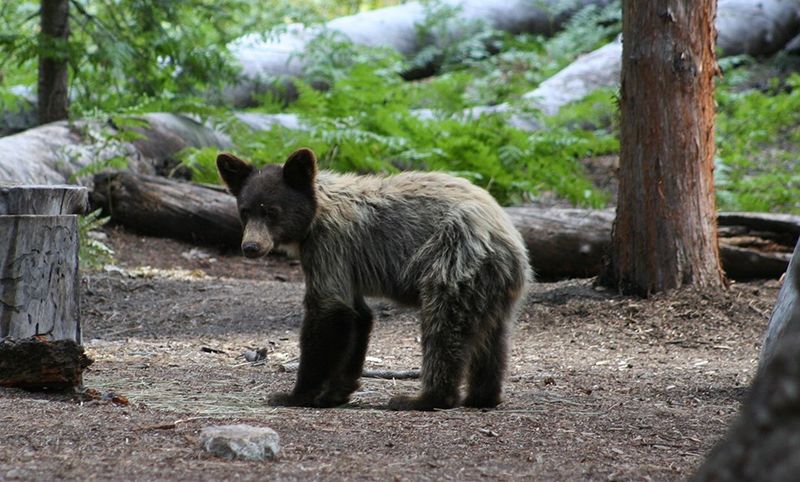
California’s crown jewel maintains a healthy black bear population, with approximately 300-500 bears throughout the park. Yosemite Valley and the High Sierra wilderness areas experience the most activity. Park rangers handle about 1,000 bear incidents annually.
The park’s bears have developed remarkable intelligence, learning to break into cars containing food and even recognizing specific vehicle models commonly used to transport coolers.
10. North Cascades, Washington
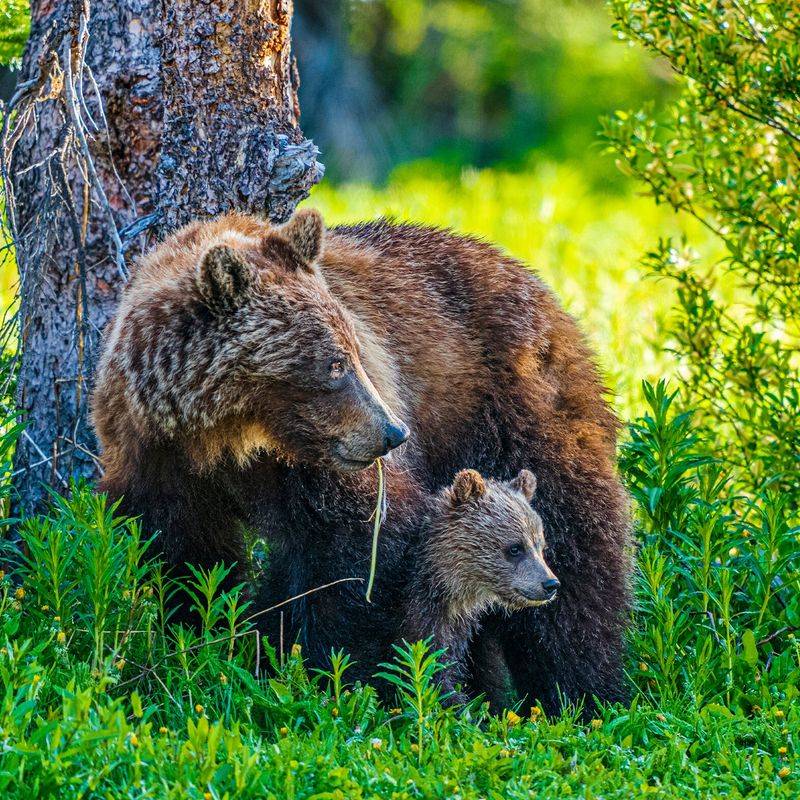
This rugged mountain range harbors one of America’s most elusive grizzly populations, with fewer than 10 bears remaining. The remote Pasayten Wilderness represents their last stronghold, creating rare but significant encounter potential.
Conservation efforts focus intensely on this critically endangered population. Hikers exploring high alpine zones occasionally discover bear tracks or overturned rocks – evidence of these phantom predators that manage to survive despite their perilously low numbers.
11. Olympic National Park, Washington
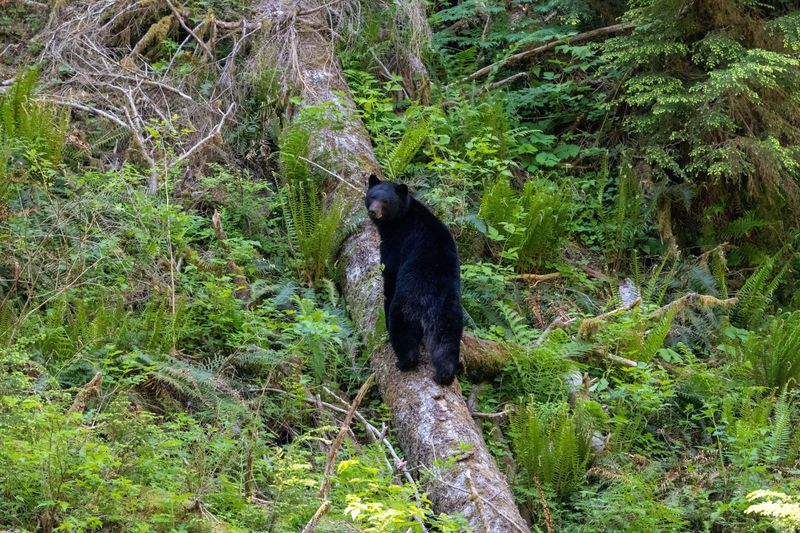
This diverse ecosystem supports approximately 500-600 black bears throughout its temperate rainforests and alpine zones.
The Hoh Rainforest and High Divide trail report frequent bear activity. Bears here display unique behaviors adapted to the coastal environment. Visitors occasionally witness bears digging for clams during low tide or stripping bark from trees to access insects – behaviors rarely seen in inland populations.
12. Kodiak Island, Alaska
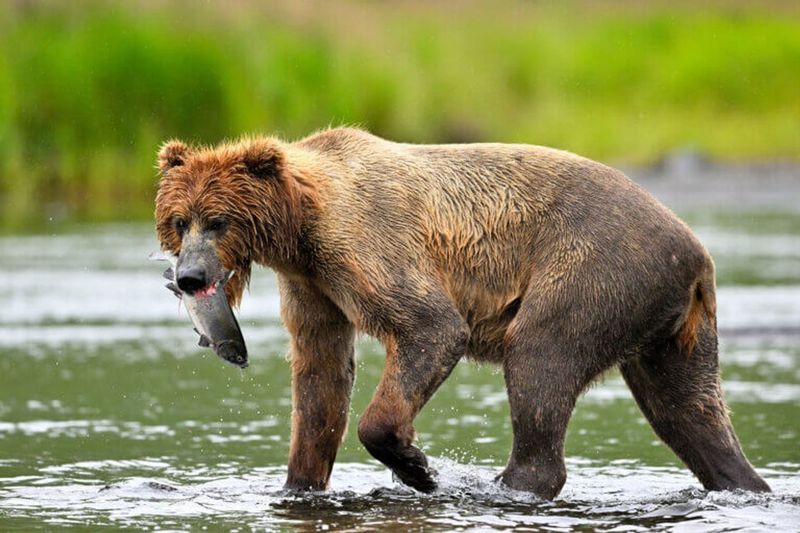
Home to the largest bears on Earth, Kodiak brown bears can reach 1,500 pounds. The island’s isolated ecosystem has allowed these giants to evolve without human interference for thousands of years.
Approximately 3,500 bears inhabit this island. Hunters and photographers seeking these magnificent creatures must exercise extreme caution, as Kodiak bears display remarkable intelligence and power that commands respect from even the most experienced wilderness professionals.
13. Grand Teton National Park, Wyoming
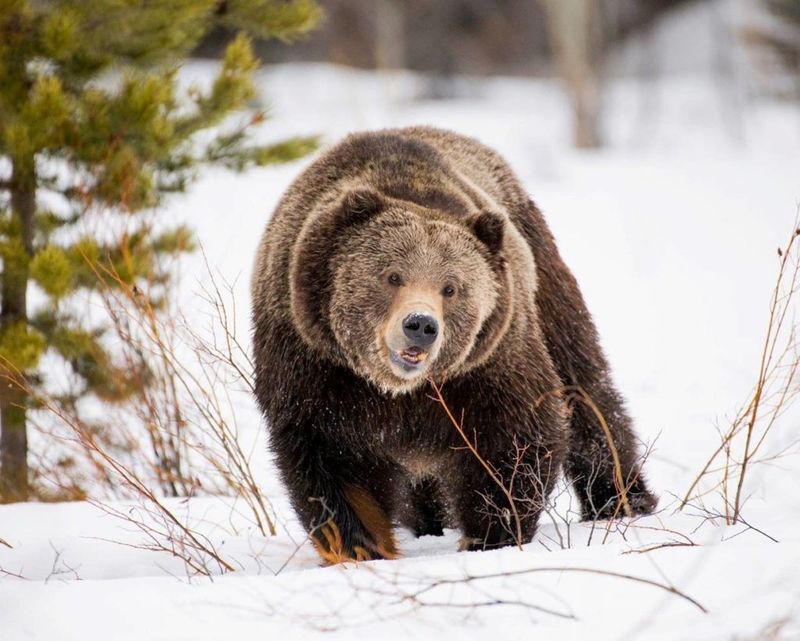
Connected to the Greater Yellowstone Ecosystem, Grand Teton provides critical habitat for approximately 50 grizzlies and numerous black bears. Berry patches near String Lake and Cascade Canyon attract frequent bear activity.
Rangers report dozens of bear encounters annually. Fall brings heightened bear presence as they engage in hyperphagia – consuming up to 20,000 calories daily while preparing for winter hibernation.
14. Sierra Nevada Mountains, California
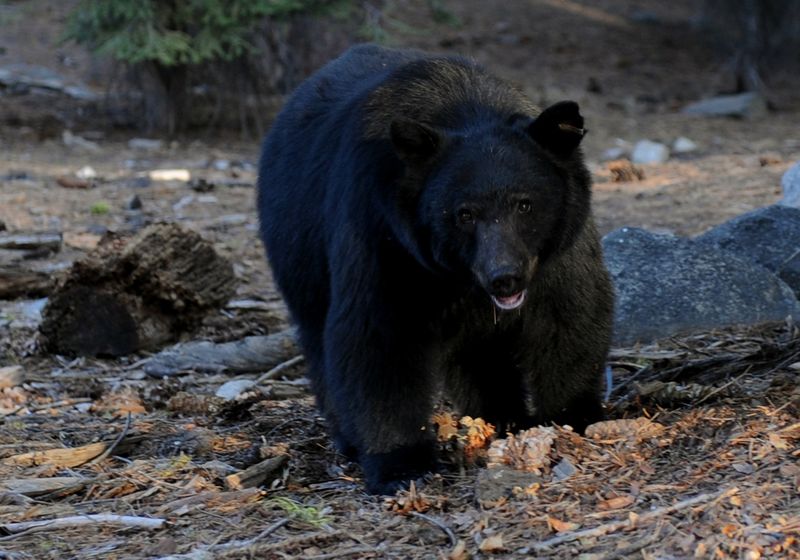
California’s majestic mountain range supports approximately 10,000-15,000 black bears, with particularly high densities in Sequoia and Kings Canyon National Parks. The Grant Grove and Mineral King areas experience frequent activity.
Rangers document hundreds of bear incidents yearly. These bears show remarkable adaptability, ranging from high alpine zones to foothill communities where they occasionally raid orchards and gardens, creating complex management challenges for wildlife officials.


